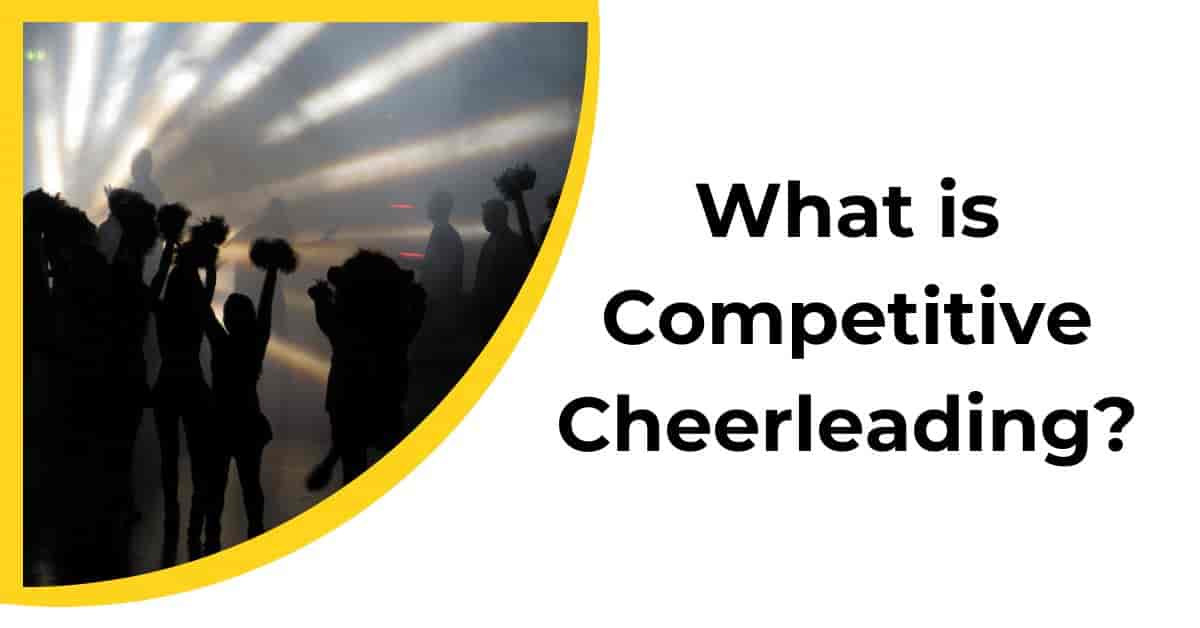Competitive cheerleading has evolved from a sideline spectacle into a full-fledged athletic endeavor that captivates audiences worldwide. But what exactly is competitive cheerleading? In this ultimate guide, we’ll delve into the sport’s history, various types, and the elements that make it a unique and challenging athletic discipline.
The Evolution of Competitive Cheerleading
The journey of cheerleading from a mere crowd-pleasing activity to a competitive sport is a fascinating one. Initially designed to rally sports teams and entertain audiences, cheerleading has undergone significant transformations over the years. Key milestones include the introduction of complex stunts and tumbling, the establishment of cheerleading associations, and the hosting of national and international competitions. Today, competitive cheerleading is recognized as a sport that demands athleticism, skill, and a high level of teamwork.
Types of Competitive Cheerleading
Understanding the different types of competitive cheerleading can help you appreciate the sport’s diversity and complexity. Here are the main categories:
- All-Star Cheerleading: This type focuses on a two-and-a-half-minute routine filled with stunts, tumbling, dance, and more. It’s not affiliated with a school or sports team, allowing athletes to compete purely based on skill.
- School-Based Competitive Cheerleading: These are teams that represent educational institutions, from elementary schools to colleges. They often cheer for other sports teams in addition to participating in cheer-only competitions.
- Collegiate Competitive Cheerleading: At the college level, cheerleading becomes even more competitive, often featuring the most skilled athletes in the sport. These teams compete in national and sometimes international events, showcasing the pinnacle of cheerleading talent.
The Structure of a Competitive Cheerleading Team
In competitive cheerleading, each team member plays a vital role, and the structure is designed to maximize the strengths of individual athletes. Here are the key roles:
- Flyers: These are the athletes lifted into the air during stunts. They require balance, flexibility, and poise.
- Bases: These team members provide the foundation for stunts, lifting and supporting the flyers.
- Spotters: Responsible for ensuring the safety of the flyers, spotters catch or assist them if they fall.
- Backspots: Positioned behind the stunt, they help lift the flyer and keep them stable in the air.
- Team Captain: Often the most experienced member, the captain provides leadership, coordinates routines, and serves as the liaison between the coach and the team.
Scoring and Judging Criteria
Understanding how competitive cheerleading is scored can offer insights into what judges look for in a winning routine. The criteria include:
- Stunts and Tumbling: Judges evaluate the complexity and execution of stunts and tumbling sequences.
- Choreography and Dance: The creativity and synchronization of the dance elements are assessed.
- Timing and Synchronization: Teams are scored on how well they move in unison, particularly during stunts and tumbling.
- Difficulty Level: The more challenging the routine, the higher the potential score, provided it’s executed well.
- Overall Presentation: This includes factors like costumes, music, and the team’s ability to engage the audience.
Training and Preparation
Preparing for competitive cheerleading is a rigorous process that demands physical conditioning, skill development, and team collaboration. Here’s what it entails:
- Physical Conditioning: Athletes undergo strength training, flexibility exercises, and cardiovascular workouts to meet the physical demands of the sport.
- Skill Development: This includes specialized training in stunts, tumbling, and dance, often with the guidance of experienced coaches.
- Team Practices and Rehearsals: Regular practice sessions are crucial for perfecting routines and building team chemistry.
- Mental Preparation: Athletes also engage in mental conditioning, such as visualization techniques, to prepare for the pressures of competition.
The Competitive Season
The competitive cheerleading season is a whirlwind of events that tests the mettle of athletes and teams alike. Here’s how it typically unfolds:
- Local and Regional Competitions: These are the starting points for most teams, offering a platform to showcase their skills and gain experience.
- National Championships: Teams that excel at the local and regional levels often proceed to national competitions, where they face off against the best in the country.
- International Championships: The pinnacle of the sport, these events feature teams from around the world, competing for global recognition.
- Off-Season: This period is used for rest, recovery, and preparation for the next competitive season, including tryouts for new team members.
Health and Safety Measures
The high-intensity nature of competitive cheerleading makes health and safety paramount. Here are some key measures:
- Injury Prevention: Teams often employ athletic trainers who focus on injury prevention through proper warm-ups, cool-downs, and technique training.
- Safety Gear and Equipment: Athletes use mats, wrist guards, and other safety gear during practice to minimize the risk of injury.
- Emergency Protocols: Teams are trained in emergency response procedures, including how to handle falls or other accidents during routines.
- Nutrition and Hydration: Proper diet and hydration are emphasized to ensure athletes are physically prepared for the rigors of competition.
The Impact of Competitive Cheerleading
The influence of competitive cheerleading extends far beyond the mat and the dazzling routines. Here’s how it impacts various aspects:
- On Athletes: Competitive cheerleading fosters discipline, teamwork, and a strong work ethic in athletes. It also provides a platform for individuals to showcase their talents and earn scholarships.
- On the Cheerleading Industry: The sport’s competitive nature has led to the growth of a multi-million dollar industry, including apparel, equipment, and professional coaching services.
- On Spectators and Fans: The excitement and athleticism of competitive cheerleading have garnered a large and passionate fan base, elevating the sport’s status in mainstream culture.
Conclusion
Competitive cheerleading is a dynamic, multifaceted sport that demands athleticism, skill, and a high level of teamwork. From its evolution and various types to the intricacies of team structure, scoring, and preparation, this guide has provided a comprehensive look into this captivating athletic discipline. Whether you’re an aspiring athlete, a seasoned pro, or a fan, understanding the sport’s complexities enriches your experience and deepens your appreciation for the talent and dedication it requires.

